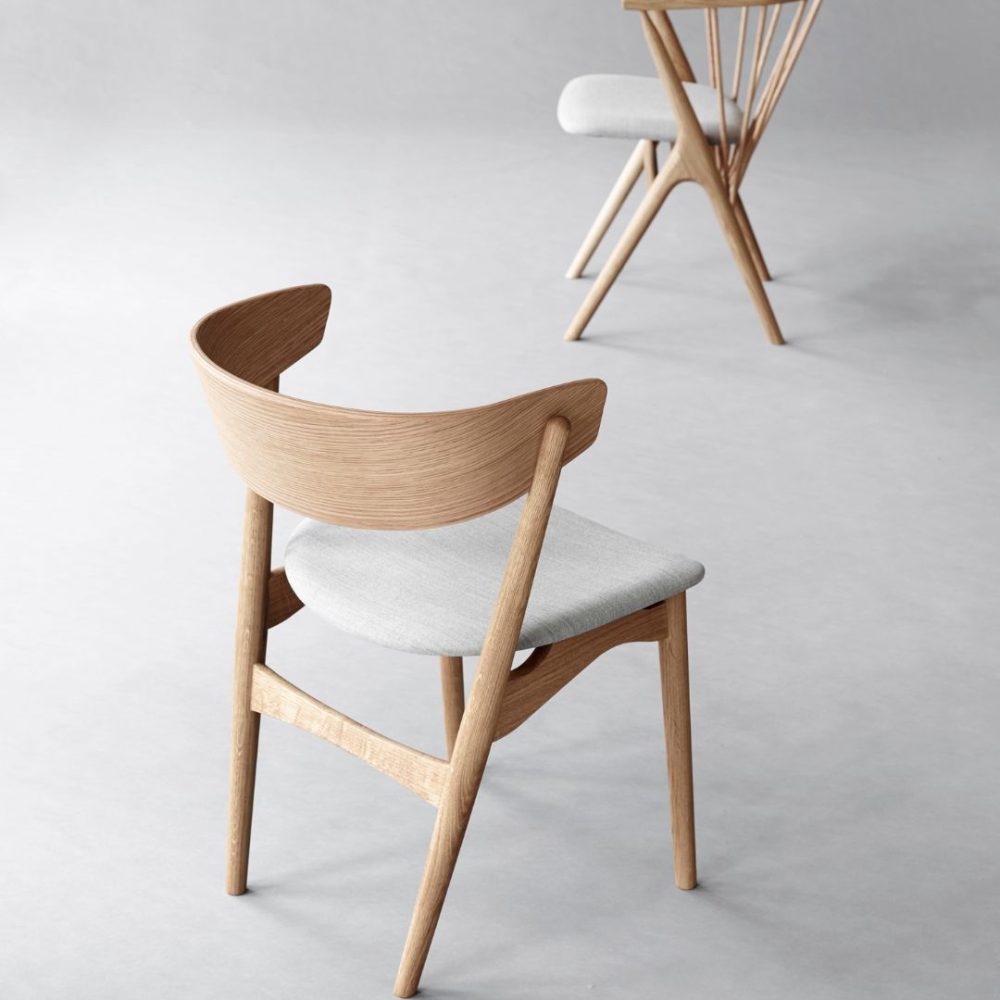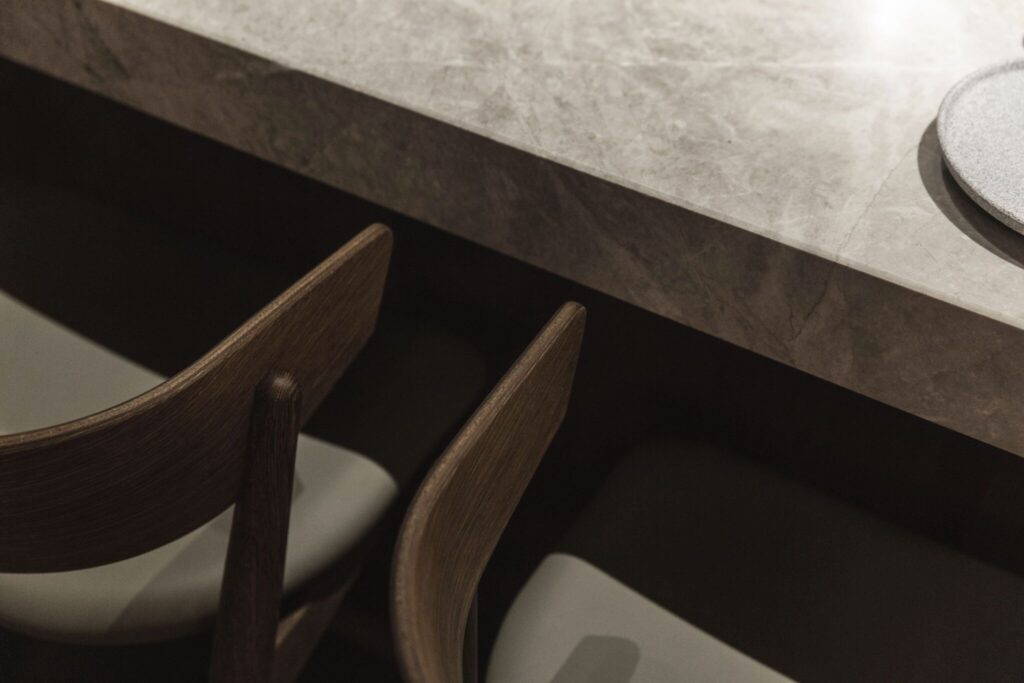NEW SIBAST No 7 DINING TABLE
Organic beauty meets minimalistic craft
NEW SIBAST No 7 DINING TABLE
Organic beauty meets minimalistic craft
LIMITED PERIOD ONLY!! - 4 FOR 3 OFFER
On the SIBAST No 8 and 9 Dining chairs
ALL MODELS
- from September 1st to October 31st
LIMITED PERIOD ONLY!! - 4 FOR 3 OFFER
On the SIBAST No 8 and 9 Dining chairs
ALL MODELS
- from September 1st to October 31st
NEW SIBAST No 59 DINING CHAIR
Sibast revives MID-CENTURY elegance
REINTRODUCING THE ICONIC 1959 No 59 CHAIR
NEW SIBAST No 59 DINING CHAIR
Sibast revives MID-CENTURY elegance
REINTRODUCING THE ICONIC 1959 No 59 CHAIR
SIBAST NO 7 BAR SERIES 20%
Enjoy 20% off on the SIBAST No 7 Bar Series
ALL MODELS
- from August 1st to October 31st
SIBAST NO 7 BAR SERIES 20%
Enjoy 20% off on the SIBAST No 7 Bar Series
ALL MODELS
- from August 1st to October 31st
Sibast No 7 DINING CHAIR Full Upholstered
by Helge Sibast - from 1953
Sibast No 7 DINING CHAIR Full Upholstered
by Helge Sibast - from 1953
NEW
SIBAST NO 7 DINING TABLE Organic beauty meets minimalistic craft
SIBAST NO 7 DINING TABLE
Organic beauty meets minimalistic craft
ENJOY 4 FOR 3 OFFER
On the Sibast No 8 and 9 Dining chairs
ALL MODeLS - LIMITED PERIOD ONLY!!
- from 1 Sept to 31 Oct
On the Sibast No 8 and 9 Dining chairs
ALL MODeLS - LIMITED PERIOD ONLY!!
- from 1 Sept to 31 Oct
NEW
SIBAST NO 59 DINING CHAIRSibast revives mid-century elegance
REINTRODUCING THE ICONIC 1959 NO 59 CHAIR
SIBAST NO 59 DINING CHAIR
Sibast revives mid-century elegance
REINTRODUCING THE ICONIC 1959 NO 59 CHAIR
SIBAST No 7 BAR Series 20%
Enjoy 20% off on the SIBAST No 7 Bar Series
ALL MODeLS
- from August 1st to October 31st
Enjoy 20% off on the SIBAST No 7 Bar Series
ALL MODeLS
- from August 1st to October 31st
SIBAST NO 7
FULL UPHOLSTERED
BY HELGE SIBAST FROM 1953
FULL UPHOLSTERED
BY HELGE SIBAST FROM 1953
SIBAST No 7 Bar Series
20%
The elegant barstool draws inspiration from the timeless Sibast No 7 dining chair, originally designed in 1953 by Helge Sibast, honoring the Danish Modern movement with a contemporary twist. Retaining key elements like the molded backrest and tapered legs, the Sibast No 7 bar chair exudes boldness and generosity. Featuring an upholstered seat and ample backrest, it ensures exceptional comfort and comes in two heights suitable for various settings, from homes to restaurants, bars, and hotels.
re-launching
the SIBAST No 59 chair
from 1959
Sibast Furniture proudly announces the reissue of the iconic Sibast No 59 chair, originally designed by Helge Sibast in 1959. This distinguished piece, a paragon of Danish mid-century modern design, combines timeless aesthetics with superior craftsmanship, making it a visually appealing and highly comfortable addition to the new Sibast Furniture collection.
SIBAST FURNITURE UNVEILS THE NEW NO 7 DINING TABLE:
ORGANIC BEAUTY MEETS MINIMALIST CRAFT
Sibast Furniture is thrilled to announce the launch of the new Sibast No 7 Dining Table, designed by Anna and Ditlev Sibast. It represents a harmonious blend of organic dimensions and meticulous craftsmanship, epitomizing the minimalist design ethos for which Sibast Furniture is renowned. This new table seamlessly extends the legacy of the collection, embodying durability and timeless elegance.
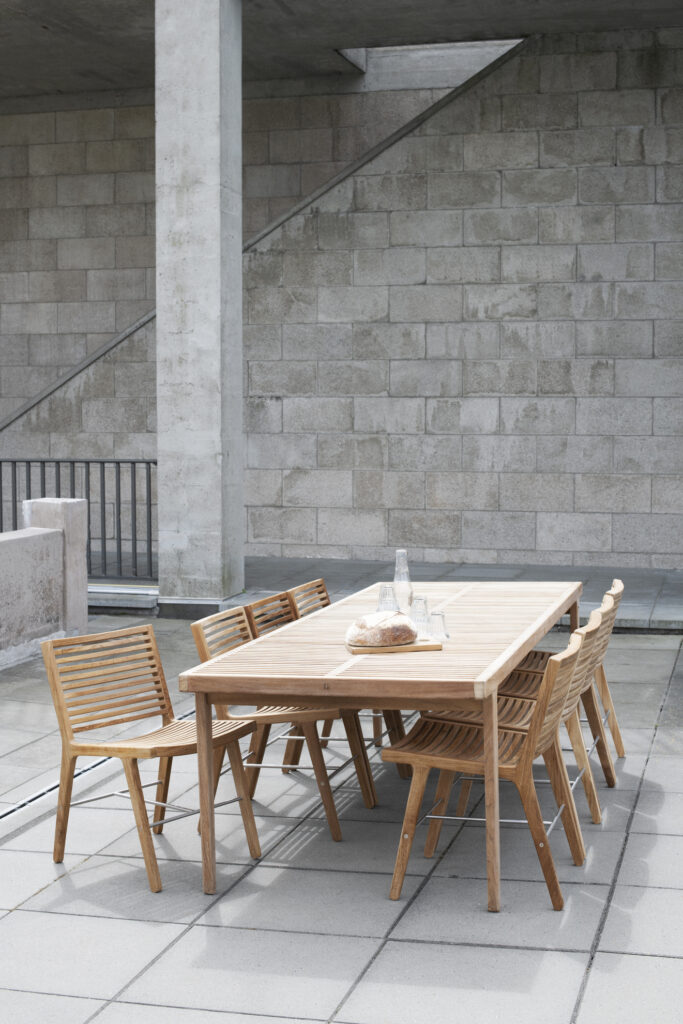
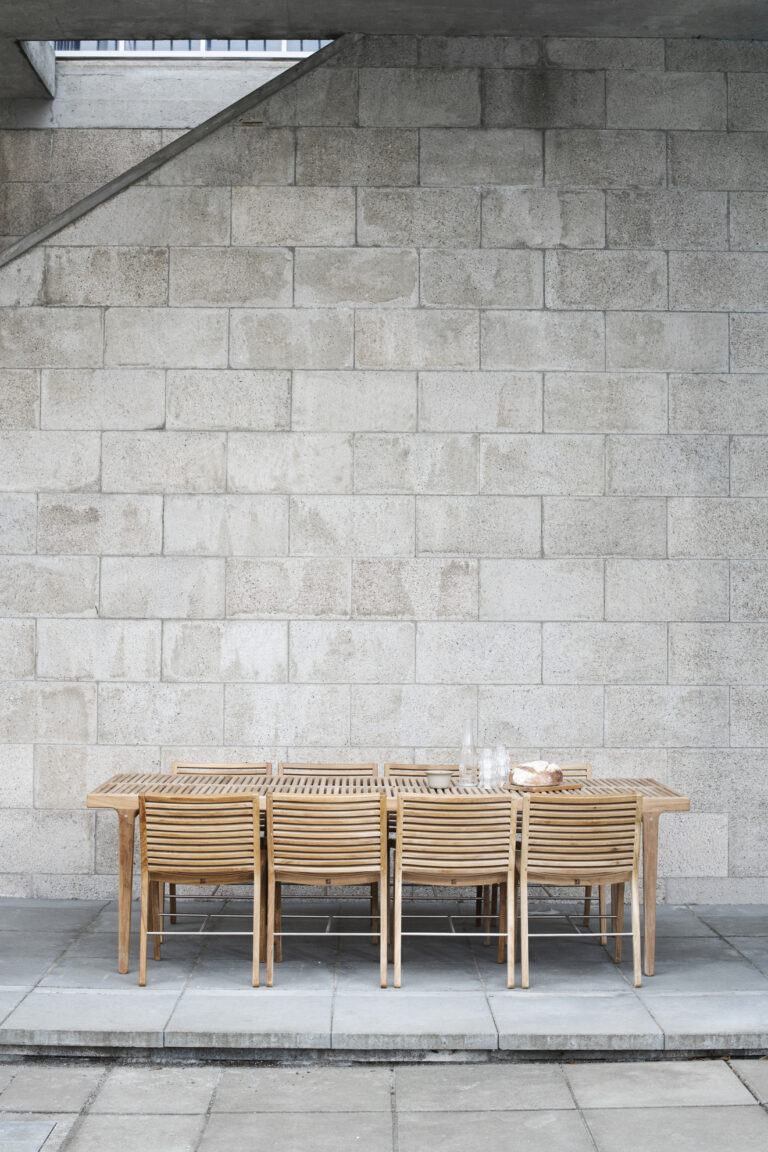
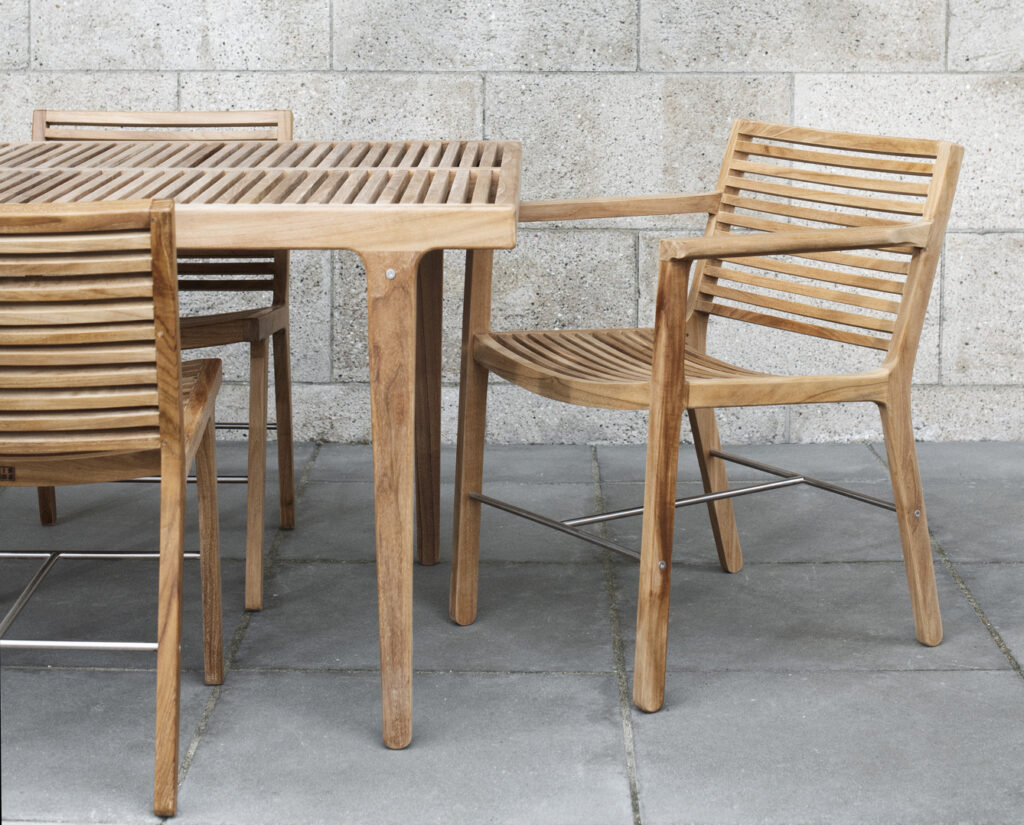
NEW RIB OUTDOOR COLLECTION
The Danish-designed RIB collection represents a labor of love, embodying meticulous dedication and a profound hom- age to the Golden Age of Danish design. Crafted by Morten Anker, this collection pays tribute to the timeless influence of Wegner, Juhl, Jacobsen, Sibast, and their contemporaries, who have left an indelible mark on the global design land- scape.


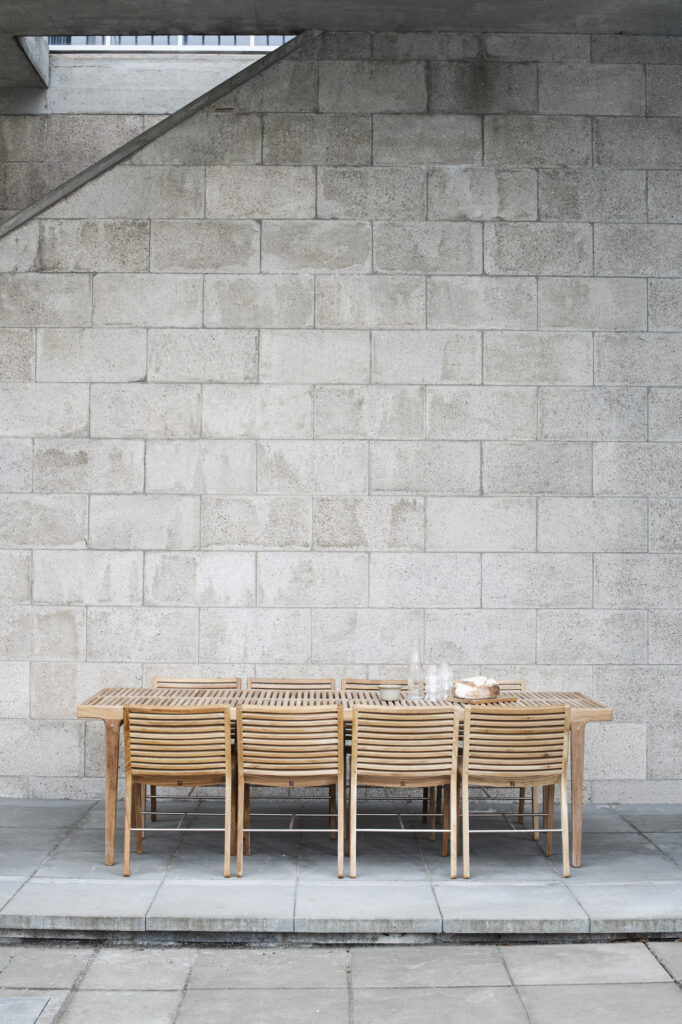
NEW RIB OUTDOOR COLLECTION
The Danish-designed RIB collection represents a labor of love, embodying meticulous dedication and a profound homage to the Golden Age of Danish design. Crafted by Morten Anker, this collection pays tribute to the timeless influence of Wegner, Juhl, Jacobsen, Sibast, and their contemporaries, who have left an indelible mark on the global design land- scape.
BESTSELLERs
Sibast No 9 DINING CHAIR
8.095 kr. – 9.395 kr.Sibast No 8 DINING CHAIR
7.595 kr. – 9.895 kr.Sibast No 7 DINING
5.995 kr. – 8.295 kr.
Sibast No 9 DINING CHAIR
8.095 kr. – 9.395 kr.Sibast No 8 DINING CHAIR
7.595 kr. – 9.895 kr.Sibast No 7 DINING
5.995 kr. – 8.295 kr.
TO RENEW AND CARRY ON A DANISH DESIGN HERITAGE
ADDING NEW PERSPECTIVES AND CREATING NEW DESIGN STORIES
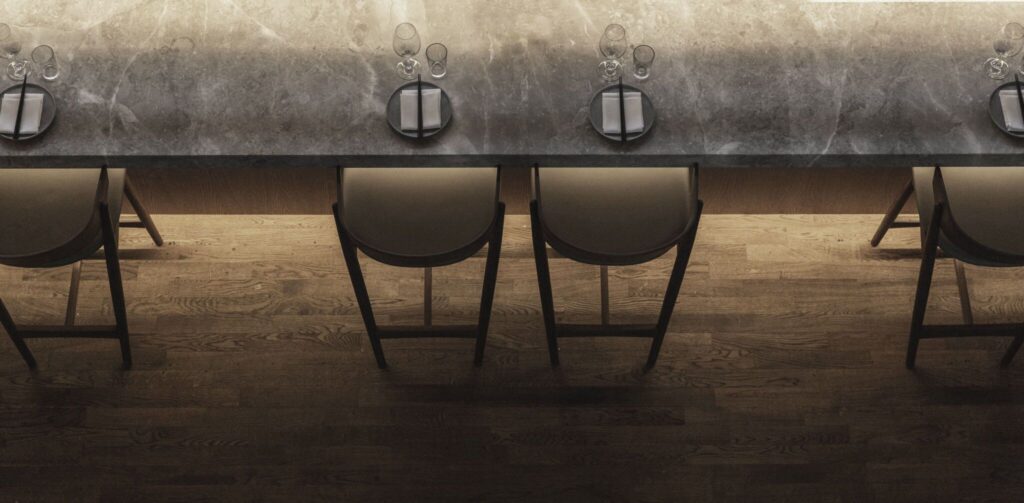
SELECTED REFERENCES

EXCELLENT QUALITY,
CRAFTSMANSHIP AND SUSTAINABILITY
ARE THE GUIDING PRINCIPLES
OUR STORY
BEGINS IN 1908 IN A LITTLE CARPENTRY IN THE COUNTRYSIDE OF DENMARK
The year was 1908. In the countryside on the island of Funen in Denmark the son of a skilled cabinetmaker was born. His name was Helge Sibast. He grew up and became his fathers apprentice. He worked hard, dedicated and soon developed skills of high quality craftsmanship. He took over his fathers business and began expanding. Thinking about craftsmanship in a new way creating his own designs.
By the 1950’s and 60’s he had build a furniture factory employing over 120 craftsmen crafting some of the finest furniture in Danish design history.
See more about our story here
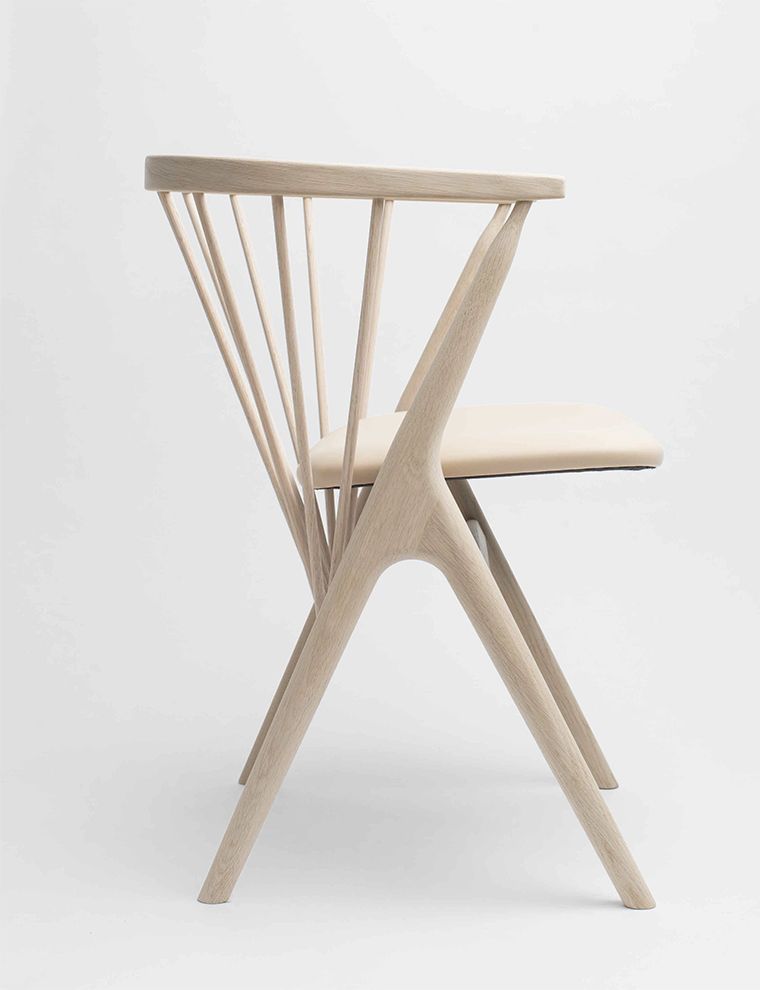
THE DANISH DESIGN HERITAGE
A collection that passes a Danish design heritage on to future generations
Explore our latest catalogue here.
As seen on

Visit our Showroom
Book a visit to our showroom located in the heart of Copenhagen to experience our luxurious craftsmanship firsthand. Discover our collections and find the perfect product for your needs.


